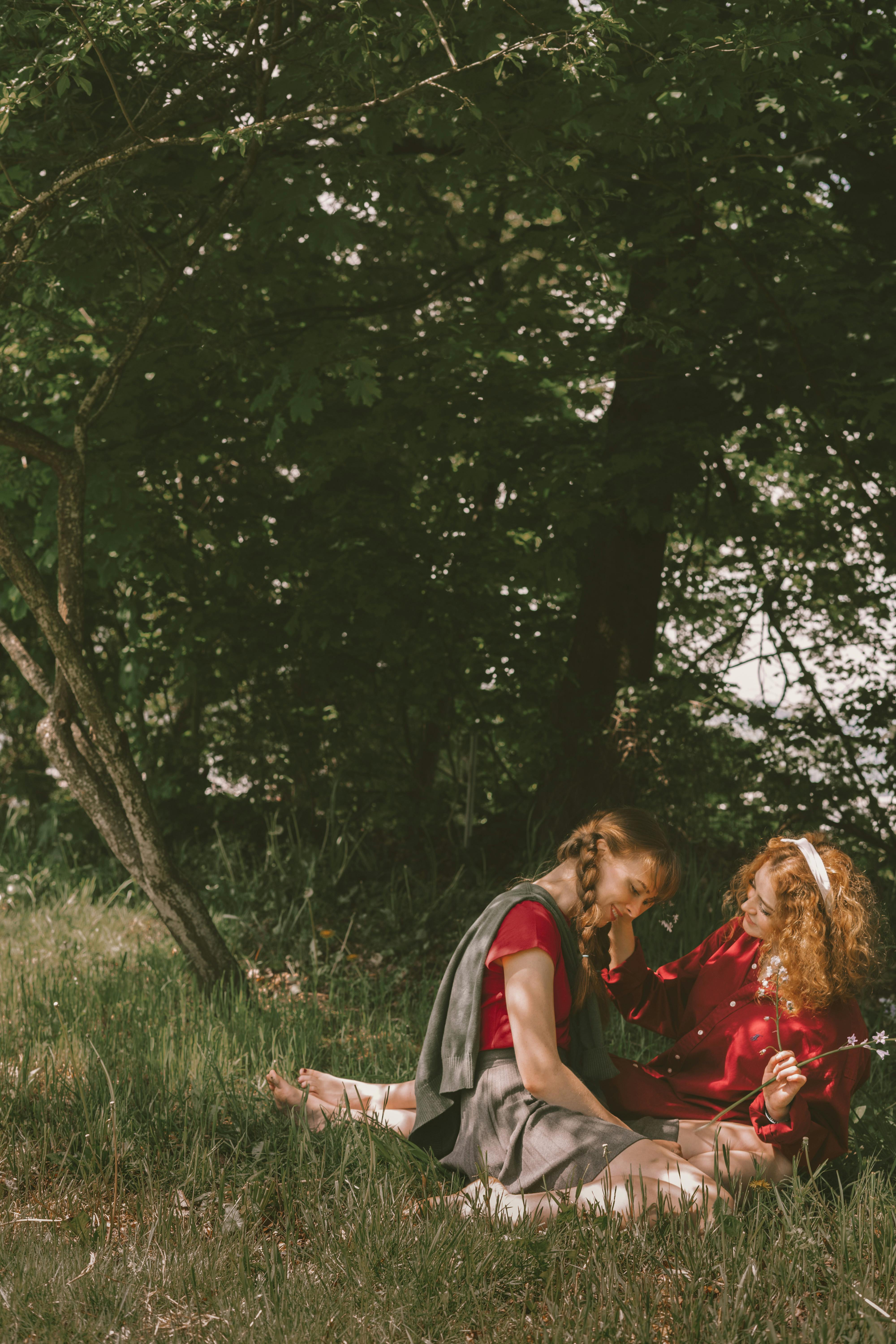While mainstream literature keeps churning out uniform "assembly-line works," the pens of lesbian creators have long become precise scalpels. They cut through the surface of daily life to capture the tiny sparks filtered out by heteronormative narratives—the slight tremble of fingertips as two women share a piece of butter in the kitchen, the restrained yet burning brush of coat edges on a subway platform, the secret smell of mothballs mixed with old wool in the back of a closet. These everyday details ignored by most people gather into a shining galaxy in their writing.
1. Masters of Tiny Details
Life in lesbian authors’ works is like being viewed under a microscope: two breakfast knives accidentally touching on a table can reveal hidden emotional tensions; an extra carton of yogurt in the supermarket carton (because it’s what the other loves to drink) says "I love you" more deeply than direct words. They’re experts at noticing the small moments heterosexual writers miss—even different ways of squeezing toothpaste become a silent battle of feelings.
2. Pioneers Breaking Free from Clichés
While love stories still repeat the old "domineering CEO falls in love with me" trope, lesbian literature has left traditional frames behind. They describe the flirty phase not with clichéd wall pinning or forced kisses, but with the subtle electricity when two pinkies brush as they reach for a remote control. A breakup isn’t shown with shouting in the rain, but with a clothesline suddenly breaking on the balcony, leaving a single wet shirt swaying alone.
3. Voices of the Community
Many lesbian writings have "secret codes" for the community: secretly changing matching toothbrushes to different colors when bringing a girlfriend home for the first time; the ripples in a teacup when a colleague asks, "Why haven’t you two gotten married yet?" These details that make insiders smile knowingly are like fireflies in the text, lighting up a starry sky only they can see.
4. Masters of Translating Emotions
They excel at turning abstract feelings into vivid pictures: the nervousness of a crush is like "dancing ballet on a glass walkway"; the struggle before coming out is like "a spiky butterfly stuck in your throat." These metaphors don’t rely on fancy words—they’re as warm and familiar as the smell of food from a neighbor’s kitchen.
Good writing doesn’t need piles of fancy phrases. Lesbian literature uses sincerity and sharpness to string overlooked pieces of life into a necklace of pearls. They don’t just tell stories; they write the unspoken heartbeats and breaths of millions.
